
Nigeria: Tinubu’s ‘Renewed Hope’ Agenda Under Scrutiny for Inconsistent Records
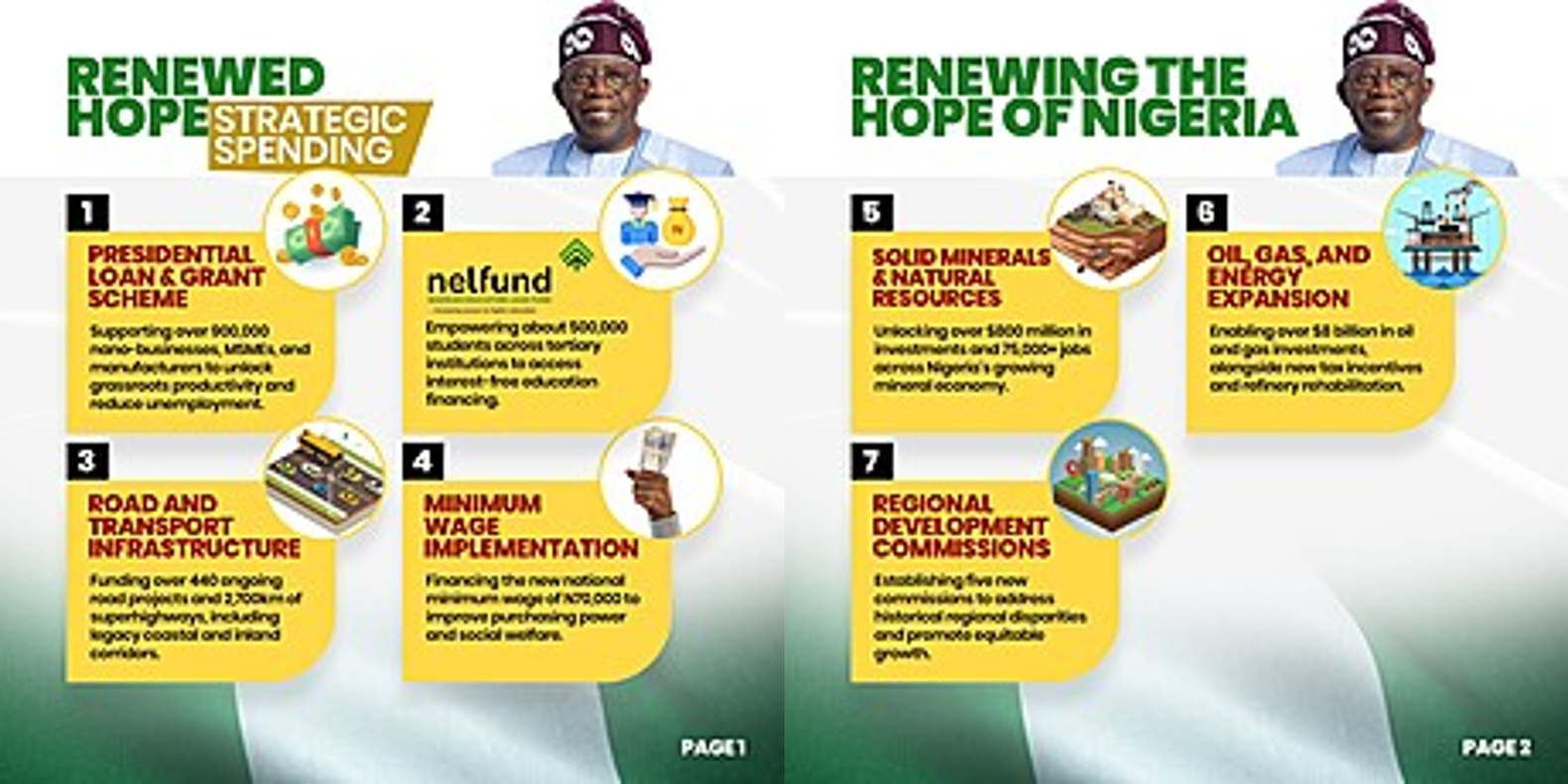
President Bola Tinubu’s administration has a bold and expansive plan titled “Renewed Hope,” which targets a national revival through strategic investments across various economic sectors. The initiative promises job creation, infrastructure development, and improved living standards, encompassing seven major programmes. However, a fact-check of these claims reveals a mixed bag of progress, exaggeration, and gaps in transparency.
1. Presidential Loan and Grant Scheme: Overstated Reach
The administration claims that over 900,000 nano and small businesses have benefited from government-backed loans and grants. However, while the Federal Ministry of Industry, Trade and Investment and the Bank of Industry are officially responsible for the scheme, no public database or list of recipients has been released to verify the claim. Though the initiative exists, its beneficiary figures remain unproven.
2. NELFUND: Lofty Goals, Ongoing Probe
The Nigerian Education Loan Fund (NELFUND), launched in 2023, was announced to have empowered 500,000 students. But official data as of July 13, 2025, shows that only 366,247 students across 206 tertiary institutions have received support totalling ₦73 billion. Moreover, the fund is under investigation by the ICPC over the alleged mismanagement of ₦71.2 billion out of a total allocation of ₦203.8 billion. Some progress has been made, but the claim is inflated, and accountability issues persist.
3. Road and Transport Infrastructure: Claims vs. Reality
While the presidency boasts 440 ongoing road projects and 2,700 km of superhighways, only 26 projects (13 active, 13 newly approved) could be confirmed through public records. Notably, the Lagos-Calabar coastal road, a cornerstone of the plan, is only partially completed, with 30 kilometres of a planned 70-kilometre stretch completed. In this case, there is no public evidence to support the claims of large-scale infrastructure.
4. Minimum Wage Implementation: Progress Undermined by Inflation
The new ₦70,000 national minimum wage is a key achievement, agreed upon with labour unions earlier this year. However, the impact has been muted by rising inflation (22.97 per cent), which continues to erode real income and purchasing power. While this has been implemented, the real-world benefits remain limited.
5. Solid Minerals and Natural Resources: Dubious Investment Claims
The government claims it attracted $800 million in mining sector investment and created over 75,000 jobs. However, the Chairman of the House Committee on Solid Minerals Development, Jonathan Gaza Gbefwi, claimed on July 11, 2025, that “800 billion [not million] was attracted in foreign direct investment (FDI)” to Nigeria’s solid minerals sector. Furthermore, a check on Nigeria’s capital inflow through FDI was $29.80 million in Q2 2024, down from $86.0 million in Q2 2023 and $119.2 million in Q1 2024. In this case, the figures are either misleading or unsubstantiated.
6. Oil, Gas and Energy Expansion: Big Promises, Little Proof
A claim of over $8 billion in oil and gas investments, new tax incentives, and refinery rehabilitation remains unverified. There are no official documents or press releases confirming the exact value or status of these investments. These claims are unclear and unverified.
7. Regional Development Commissions: On Paper Only
Five new regional development commissions were established to tackle long-standing regional disparities. These include the South-West, South-South, North-West, South-East, and North-Central commissions. However, beyond their legal formation, most lack functional websites, programmes, or project records. For example, the SWDC’s official site is blank. The legal structures exist, but no visible activity has followed.
President Tinubu’s administration has laid out a sweeping vision, but many of its achievements remain ambitions rather than results. The recurring lack of transparency, coupled with inconsistencies in official reporting, threatens to undermine the public’s trust in the government’s development agenda.
There is a need for independent verification mechanisms, transparent databases, and real-time public reporting to bridge the widening gap between publicised achievements and actual progress.
Read More:
- Ghana’s Prisons to Produce 20% of Sanitary Pads, 30% of Desks and Uniforms for Schools– Interior Minister
- U.S. Court Orders FBI, DEA to File Another Joint Status Report by August 7 on Release of Tinubu’s Unredacted Heroin Trafficking Records
About The Author
Mayowa Durosinmi
author
M. Durosinmi is a West Africa Weekly investigative reporter covering Politics, Human Rights, Health, and Security in West Africa and the Sahel Region
Mayowa Durosinmi
M. Durosinmi is a West Africa Weekly investigative reporter covering Politics, Human Rights, Health, and Security in West Africa and the Sahel Region
Related Articles
The American Airstrike in Nigeria Wasn’t Just About Terrorism — It Exposed That Nigeria Is No Longer a Sovereign Nation
On Christmas Day, a foreign military bombed Nigerian soil, and Nigerians did...
ByWest Africa WeeklyDecember 26, 2025Niger’s Tiani Sets Out “Security First” Doctrine at AES Summit, Signals Complete Break from Old Order
At the AES summit bringing together Burkina Faso, Mali, and Niger, Niger’s...
ByWest Africa WeeklyDecember 23, 2025AES Confederation Launches Television Network in Push for Media Sovereignty
Meeting in Bamako, the three Heads of State of the Confederation of...
ByWest Africa WeeklyDecember 23, 2025Gold Sector Revival Expected to Drive Mali Growth Next Year
The International Monetary Fund has projected that Mali’s economy will return to...
ByWest Africa WeeklyDecember 22, 2025





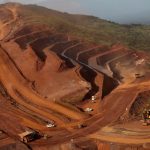
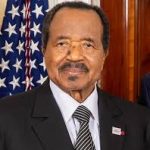
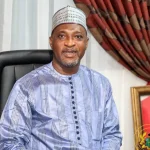
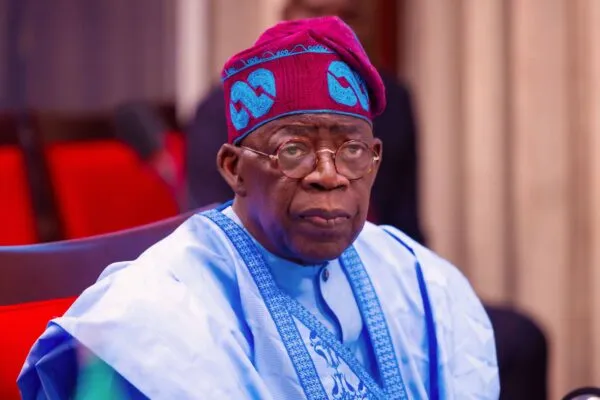

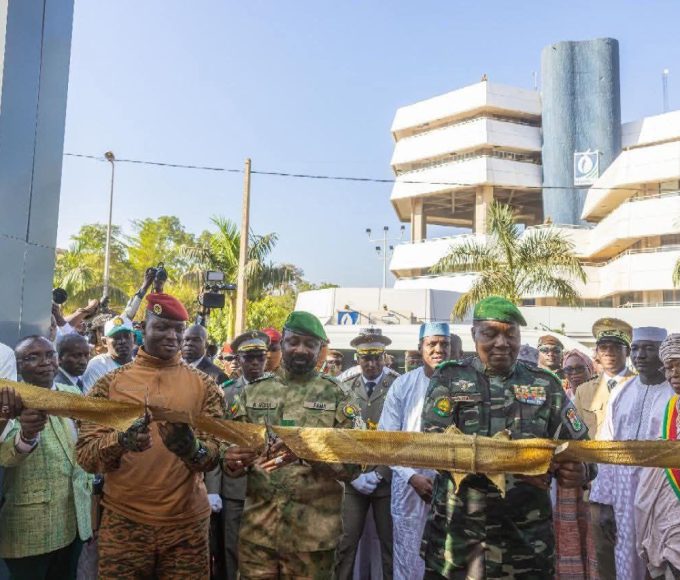
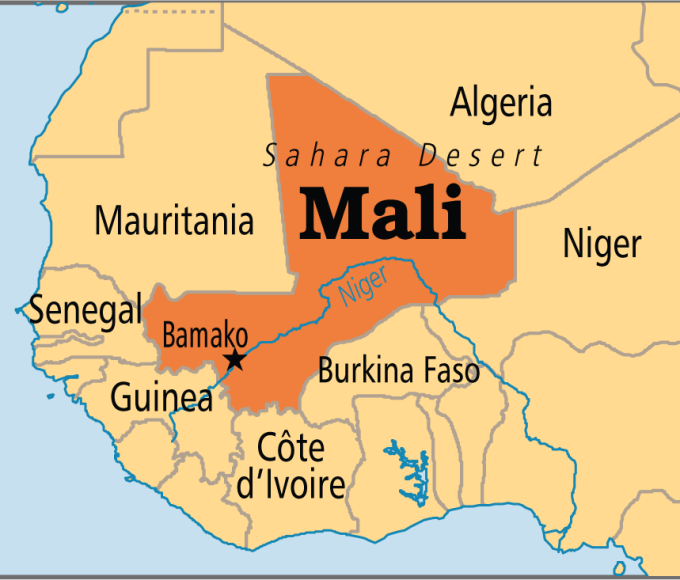
Leave a comment